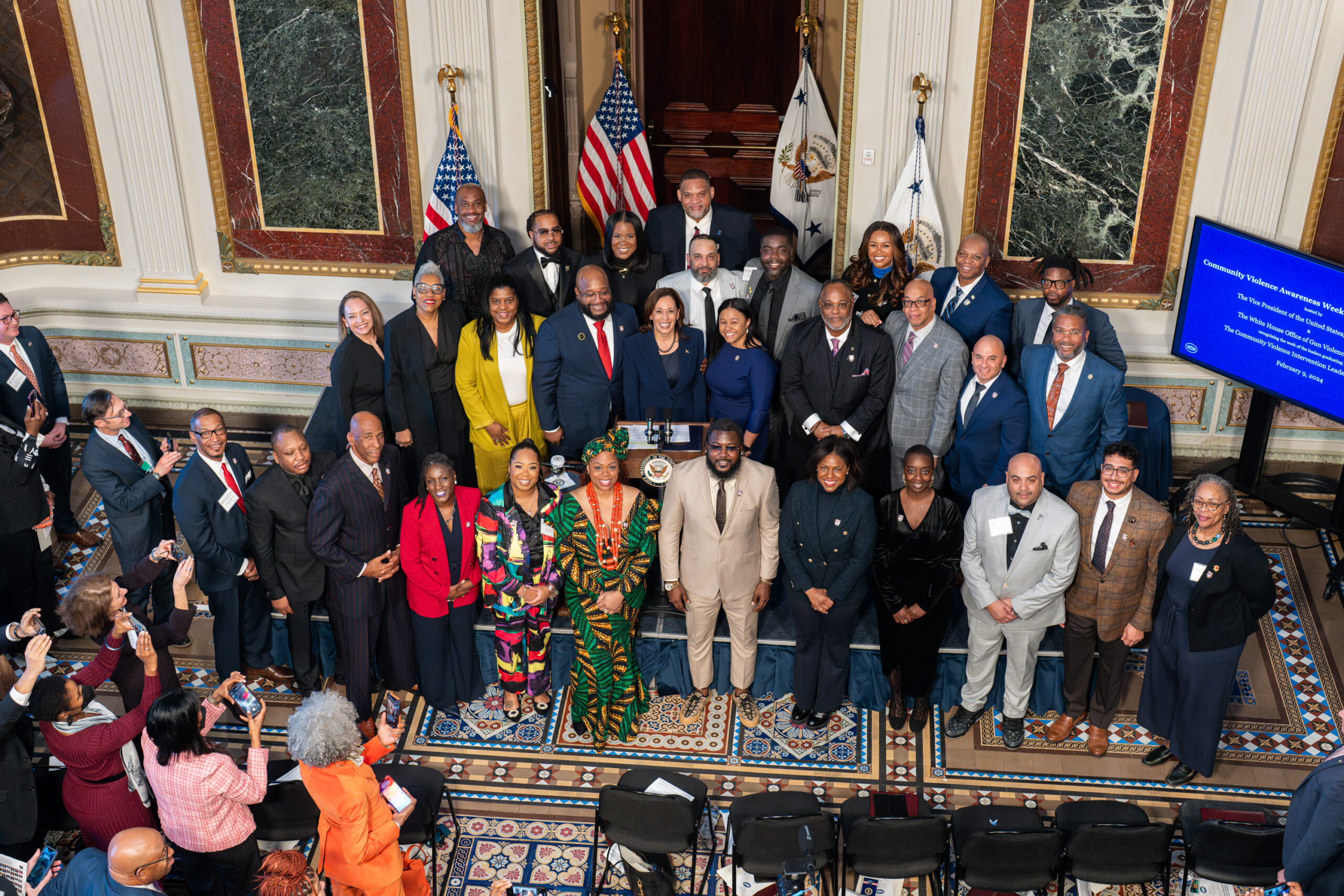Back to Our Future (B2OF)

Back to Our Future (B2OF) is an effort to re-engage disconnected youth and connect them back to Chicago Public Schools (CPS) or other education completion opportunities.
Challenge
Not being enrolled in school increases young people’s likelihood of becoming involved in gun violence. Analysis from the Crime Lab and Education Lab shows that as of March 2023, over 90% of youth gun violence victims in Chicago were not actively enrolled in school at the time of their victimization. While there are myriad efforts to engage and retain students who are disconnected from school, very few public school districts specifically focus on and devote resources to re-engaging unenrolled young people who are at acute risk of being involved in gun violence.
Opportunity
Data from the school system, combined with data from other public sector agencies, can help us identify students who are disengaged or who are at elevated risk for gun violence involvement and may benefit from additional support. Identifying students for proactive, systematic outreach to connect them to supportive services is something that the infrastructure of a school system is uniquely positioned to do. If we can identify and engage young people, we can design programming that will help keep them safer and improve their connection to school.
The Plan
To support this ambitious effort, the Crime Lab serves as one of CPS’s design, technical assistance, and data analysis partners for Back to our Future. Through this partnership, the Crime Lab offers insights from our experience designing and evaluating high-quality programming for youth and adults at elevated risk of gun violence involvement.

Project overview
To re-engage youth who are disconnected from school, CPS launched Back to Our Future (B2OF), the first state-funded, district-led, evidence-informed effort to reengage disconnected students at elevated risk for gun violence involvement. In May 2022, Governor Pritzker, alongside the Mayor’s Office, announced an $18 million investment to Chicago Public Schools in support of the B2OF pilot program and to reengage 1,000 disconnected young people in school. CPS partners with the Illinois Department of Human Services, Breakthrough, UCAN, and Youth Advocate Programs (YAP), Inc. to implement B2OF, which offers youth trauma-informed cognitive behavioral interventions, employment and educational opportunities, and connections to social services.
B2OF focuses on youth ages 14-21 in 15 community areas on the South and West Sides of Chicago who have been disconnected from school and are at potentially higher risk of being involved with gun violence. Eligible participants are identified through one of four pathways: (1) partner referrals from community organizations, (2) institutional referrals from city agencies and other partner institutions, (3) community-based organization reverse referrals from internal staff, and (4) data-driven referrals that leverage administrative data to identify youth who may be likely to engage in gun violence and be inactive in school.
Once referred, participants receive 12 months of programming beginning with a twelve-week period of paid, intensive services—including soft skills training, community building, evidence-based cognitive behavioral intervention, mentorship and family supports, and academic credit recovery. As part of the twelve weeks of programming, youth create an individualized service plan to return to an education program that best meets their post-secondary goals and individualized needs. Pathways for education programs include enrolling in CPS, enrolling in a CPS Options school, enrolling in a CPS B2OF virtual high school (through Edmentum online learning programs), or enrolling in a GED program through Chicago City Colleges.
Once participants complete the twelve-week intensive programming, B2OF continues to provide individualized follow up services and mentorship to stabilize newly re-enrolled participants within their education completion pathway. After youth complete the 12 months of B2OF programming, they receive light-touch, ongoing support services and case management to guide them to high school graduation/completion and successfully transitioning into their chosen post-secondary pathway.
To support this ambitious effort, the Crime Lab serves as CPS’s design, technical assistance, and data analysis partner, offering insights from our experience designing and evaluating high-quality programming for youth and adults at elevated risk of gun violence involvement. The Crime Lab attends and supports regular monthly feedback sessions with the B2OF partners and provides real time reports summarizing key metrics including participant characteristics, prior arrests and victimizations, take-up, attendance, retention, and dosage of programming received. The Crime Lab also monitors programs through regular check-ins with partner organizations to walk through monthly program reports and help CPS and the B2OF partners understand participants’ experience in B2OF and school.
Years Active
2022 – present
Topics
Project Leads
Brenda Benitez
Senior Implementation Manager

Monica Bhatt
Senior Research Director

Salman Khan
Research Director

Dar’tavous Dorsey
Director of Partnerships and Community Engagement

Evaluating the Effectiveness of a Community-based Program to Increase Fatherhood Engagement
Pre-analysis plan of the Dovetail Project.
Preventing Youth Violence: An Evaluation of Youth Guidance’s Becoming A Man Program
Abdul Latif Jameel Poverty Action Lab (J-PAL) Youth Summer Employment Report
An analysis of the effectiveness of youth summer employment with a reduction in youth involvement in violent crime.
